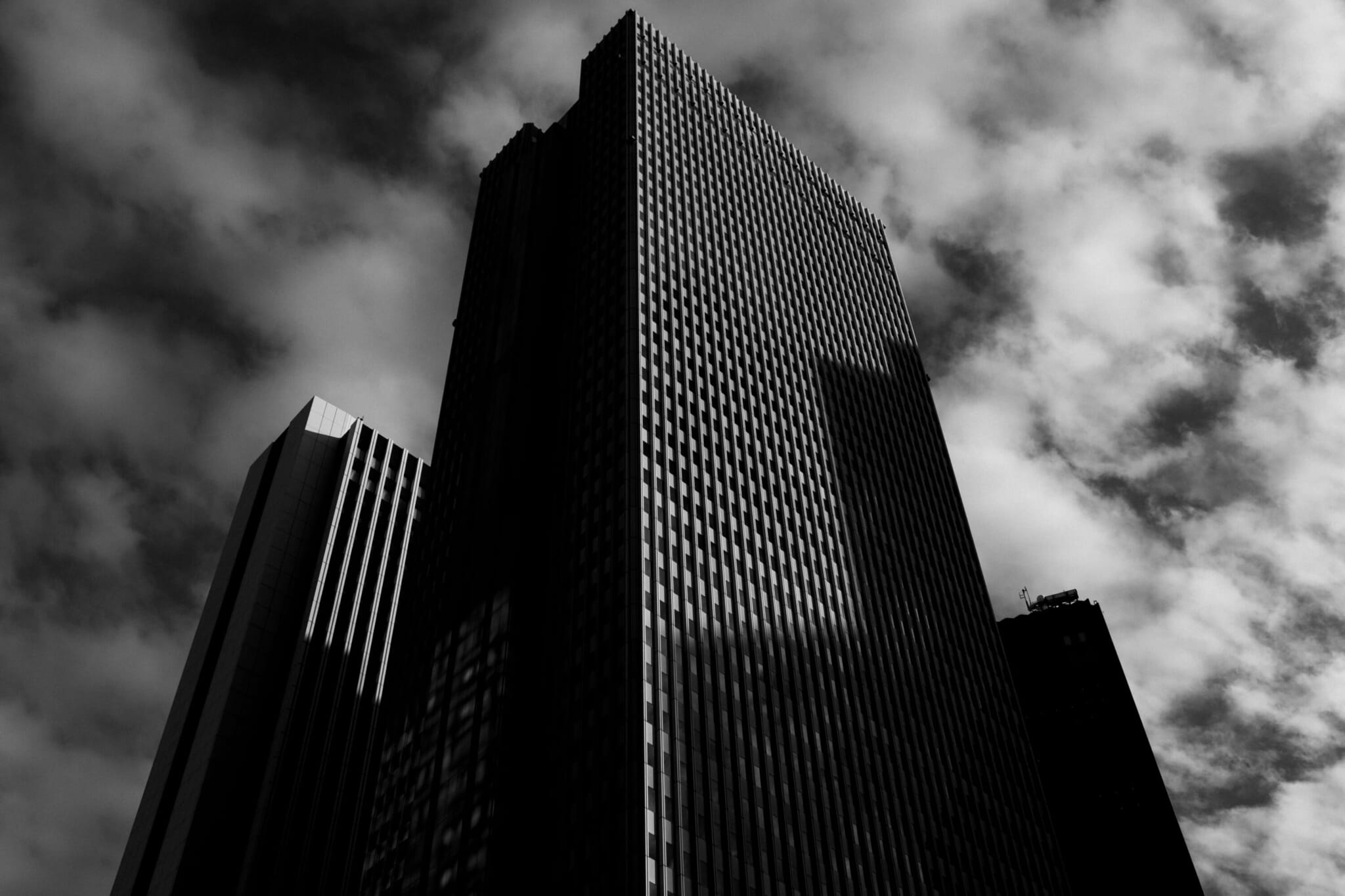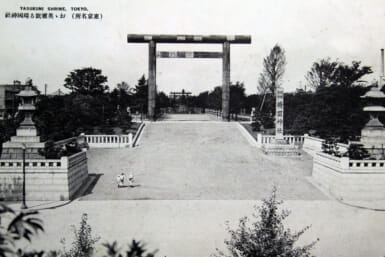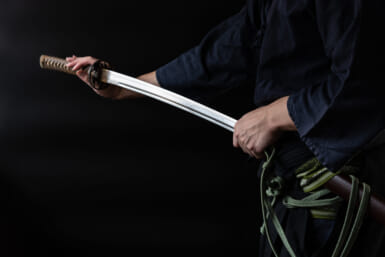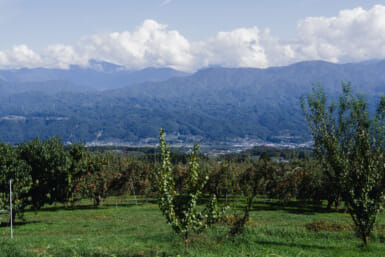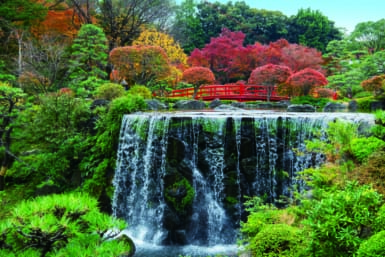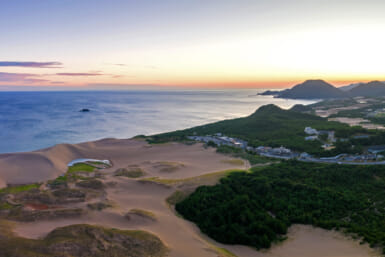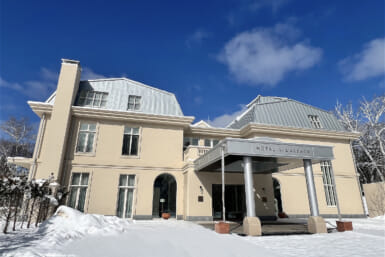Shinjuku, a monstrous urban beast, a sex industry hub, a calm oasis, a terrible bastard brother of Shibuya, a retail heaven for global and greedy capitalists. They’re all true, in one way or another. Like most residents of Tokyo, I imagine, I have a conflicting relationship with perhaps Tokyo’s most famous district. I will avoid it, I will sometimes pop in for certain reasons, I’ll go drinking there, I’ll be utterly consumed. I will be accepted and will accept.
It’s been filmed, of course. Sofia Coppola (Lost in Translation) and Gaspar Noé (Enter the Void) have both documented its ample charms, but it’s such a complicated place and essentially a ridiculous geographical puzzle. If we start at the JR station, one of the world’s biggest and busiest stations with approximately 3.5 million daily commuters, it’s intimidating to say the least. Twenty-three years ago, with my friends Sam and Fiona, our first trip to Shinjuku took hours to exit the sprawling station complex and when we did, we were so overawed that it stained us for a long time afterwards. We ended up near Shinjuku Central Park where we were eventually looked after by the manager of an Italian restaurant who probably just wanted to practice English.
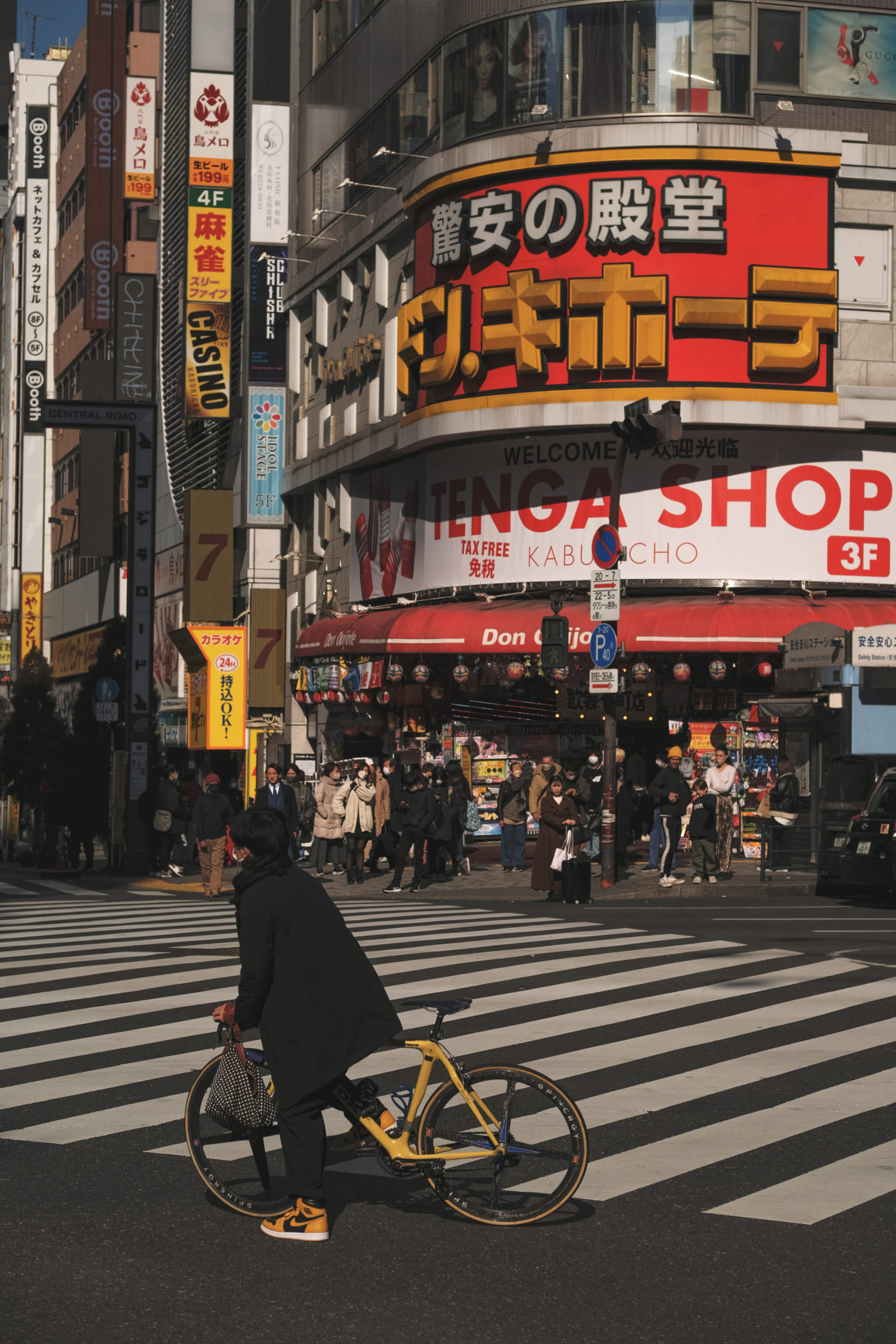
I had the profound experience of walking through Shinjuku during the pandemic. The boisterousness, the soul of Shinjuku had naturally dissipated, and it reminded me of photographer Masataka Nakano, whose work embodies silence or absence. His series, Tokyo Nobody, from 2008, captures Tokyo, naked and vulnerable with no human beings at all. Shot in locations such as Shinjuku, Ginza and Shibuya, Nakano manages the impossible. To steal images of the world’s biggest city with nobody there and nobody looking. Eerie, beautiful and slightly dystopian, his work can be seen as some of the most prescient photography of the last century when we consider the pandemic of 2020 which unwillingly replicated these scenes.
In the years of the coronavirus, especially in the first Tokyo “lockdown” in spring 2020, Japan’s capital was often found to be deserted. For anyone working or traversing the city at this time (and not working from home), it was bizarre and deeply unsettling. Nakano’s astounding work captured this absence years before and the photographs stand the test of time. One of the aspects I like about Tokyo Nobody is that Tokyo, even devoid of people, is seen in its rawness, its true self. It’s like a photograph taken of someone with their pants down, unaware and naked. And crucially, Tokyo is revealed as pretty unattractive and uneven. However, it’s this unevenness, these monstrous flaws that appeal to me and so many others.
Another photographer that captures Shinjuku naked and baring its putrid soul, especially its notorious redlight area, Kabukicho, is Jim O’Connell. I have never met O’Connell and know nothing of him, but his Flickr account is a page I return to often. Apparently, he embarked on a two-year project several years ago, documenting the area in all its glory. Violent, alive and pulsating, O’Connell’s vital work is culturally crucial and reflects an area which is well deserving of its reputation.
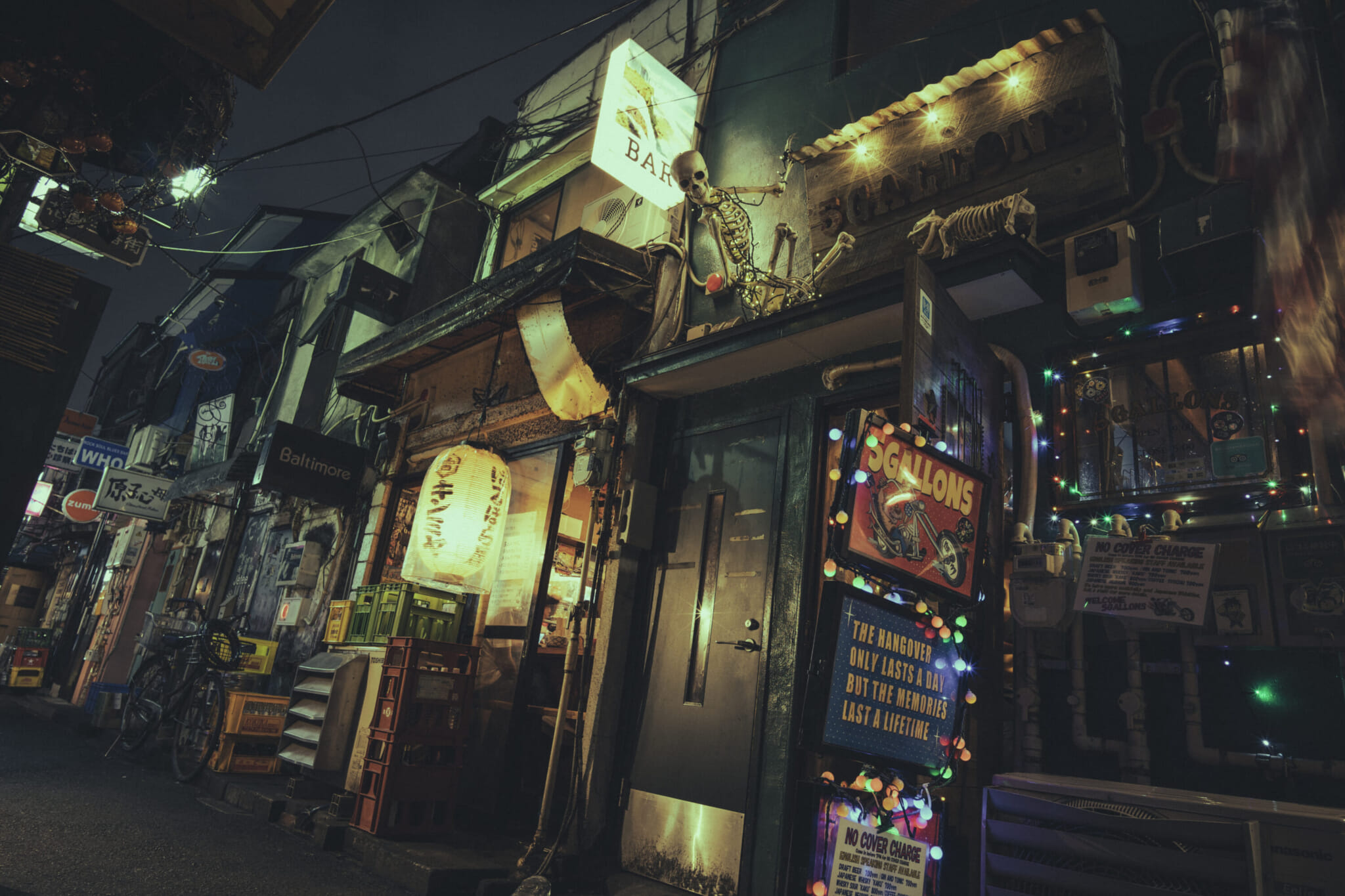
I properly started walking through Shinjuku when I was ill. In 2020, I suffered from a serious eating disorder which lasted about 18 months and eventually, at its peak, it utterly consumed me. For me at the time, the word “submit” meant a lot and, as it happens, I was then reading Michel Houellebecq’s novel Submission and was reading a lot about Islam for some reason. The word Islam, of course, translates as submission (to the will of God). I couldn’t eat for weeks on end or think straight and would piss and shit myself regularly as I traversed the streets of Tokyo looking for an answer which would never reveal itself. I learned that eating disorders utterly consume you and ask you to submit to their nonsensical will and irrational reasoning in your ear and it essentially colored my life for a long time until one day I could see again and understood Tokyo for what it really was. I wrote about it for Tokyo Weekender, but it’s only now that I have recovered, that I can view this period of my life correctly.
Walking through Shinjuku left me numb at that time, very much like a character in a Bret Easton Ellis novel. Desensitized, bereft and utterly empty. I knew the area; I knew and understood every street, but I didn’t feel anything at all. I entered Shinjuku from the west side and walked through the connecting tunnel which leaves you outside the Don Quixote near the east exit. I’d walk on past Mister Donuts, which is one of the many entrances to Kabukicho, and turn left at the next lights and head downwards towards Waseda, Takadanobaba and then to Ekoda, eventually. This was me skirting round the meat, eating the metaphorical fat at the edges.
When I wasn’t sick, however, Shinjuku could be, and still is, wonderfully all-consuming. From the warren-like backstreets of Golden Gai and nearby Shinjuku Sanchome to the brilliant and harmonious LGBTQ area of Shinjuku Nichome, where I was first introduced many moons ago by my close friend Neil, who would lead me to Dragon bar and then on to Arty Farty nightclub. He later died from cancer and HIV, his immune system an utter wreck and susceptible to illness. A large man, a real character and a friend who I have never forgotten and who, to this very day, walks the streets with me as a ghost, a reminder of the past and a beautiful stain on my memory. I wrote his obituary for The Japan Times and, as a man that spent his last years on earth relentlessly campaigning for equality for the LGBTQ community in Japan, one of the final things he said to me as he lay dying in hospital near Ikebukuro, with my young daughter at my side, was from David Mitchell’s novel Cloud Atlas, “My life amounts to no more than one drop in a limitless ocean. Yet what is any ocean, but a multitude of drops?”
Try to follow that.
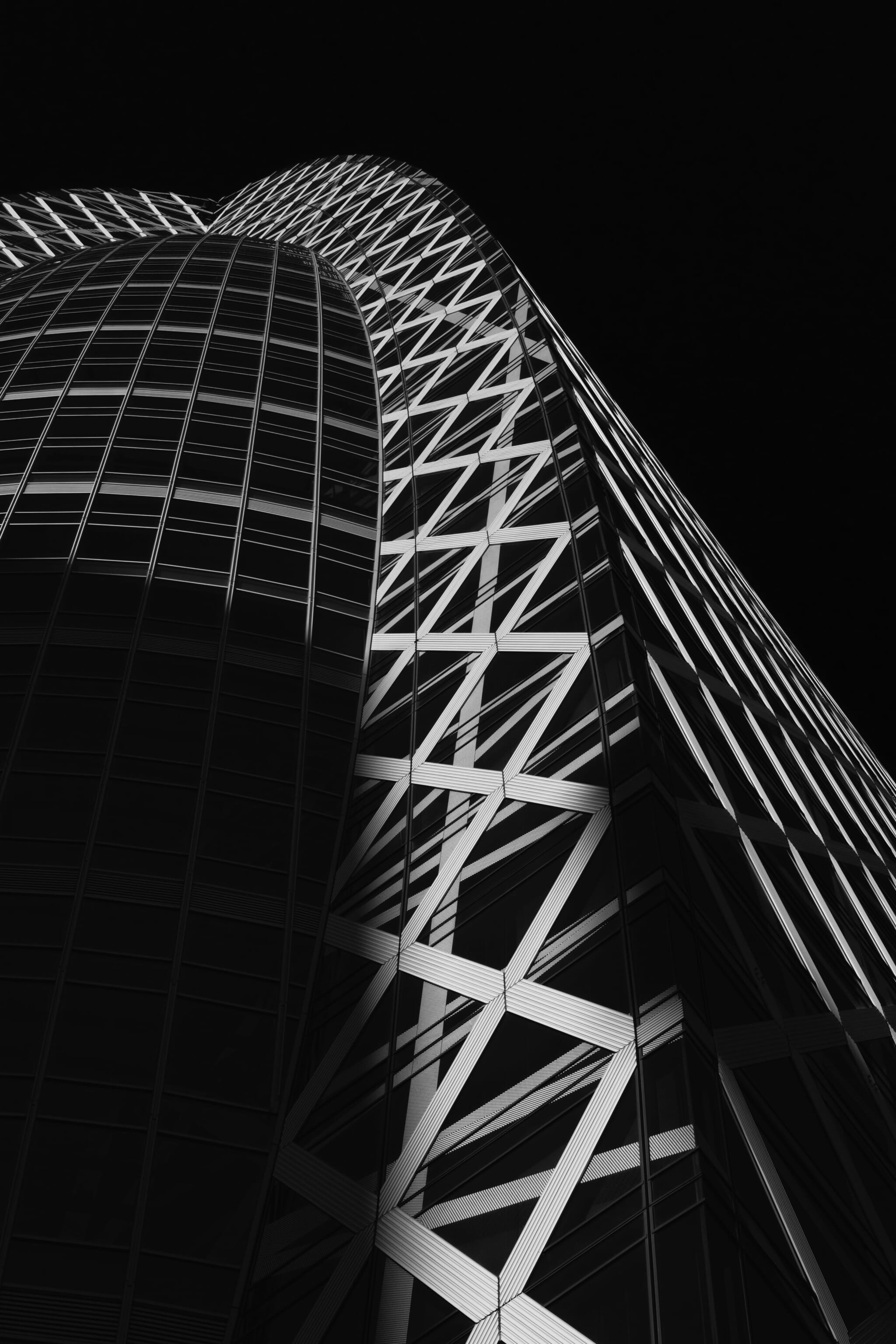
It’s impossible to map Shinjuku as a walker or flâneur. It’s massive and has so much to give and, possibly, take from you. Near the station is the renowned department store Isetan, where I very occasionally buy clothing from Comme des Garcons or, on one occasion years ago, the most amazing pair of Issey Miyake derby shoes which I wore for about a decade. Although I’m not totally sure about this as I am, like most of us, an unreliable narrator. I also vaguely remember attending a fashion show as part of Tokyo Fashion Week on the roof of Isetan in summer. It was outrageously hot and an experience I’ll never quite forget.
When my best friend Tall Paul was based in Niigata Prefecture for a few years, we would meet in Shinjuku Gyoen when he returned to Tokyo and smuggle in a few cans of beer and sit across from the park’s pagoda and shoot the shit. My memories of him, can in hand, dazed from being in rural Japan for months on end, still come back to me. A beautiful soul, a beautiful man and to this day my oldest and most trusted friend.
And finally, the reason why I still love Shinjuku, the reason why it has played a central role in my life in Tokyo? It, in parts, reminds me of home. Glasgow is also a complicated city; dirty, dangerous, accepting, beautiful, crazy and demanding. Japanese novelist Osamu Dazai wrote in his beautiful novel No Longer Human, “People talk of ‘social outcasts.’ The words apparently denote the miserable losers of the world, the vicious ones, but I feel as though I have been a ‘social outcast’ from the moment I was born. If ever I meet someone society has designated as an outcast, I invariably feel affection for him, an emotion which carries me away in melting tenderness.” Shinjuku, like Glasgow, has all of this and more. Outcasts, celebs, hosts, hostesses, the accepted, the shunned and the unknown. They walk the same streets, consume, reject and progress and regress, as a unity, as a community and as one. And I, at the end of the day, count myself very lucky to be one of them.

